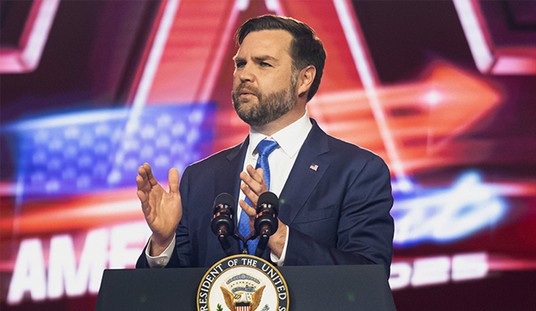Private sector employees should be able to maximize their retirement accounts to the fullest extent possible. By issuing his recent executive order, President Trump is leading the charge to ensure that working-class Americans, not just a select few, can access a broad range of investments for their 401(k)s.
Public pensions, endowment funds, and wealthier individuals can invest in publicly traded companies and private markets, such as private equity, private credit, and real estate, while working Americans can only invest in the former. Employers are currently allowed to offer 401(k) plans that include exposure to private markets, but the fear of class action lawsuits has deterred most companies from offering those assets in their employees’ retirement plans. Encore Fiduciary found that in the second half of 2024, class action litigation increased by 35 percent.
Employers need meaningful protection from frivolous lawsuits. That is why President Trump is directing the Department of Labor (DOL) to write new regulations that will provide guardrails for employers to offer private market investments to their employees while also ensuring that employers and asset managers are held to strict fiduciary standards. Plaintiffs’ attorneys raking in millions of dollars from unmeritorious lawsuits should not be standing in the way of American workers receiving the retirement they deserve.
Over 90 million private sector workers with a 401(k) are shut out from investing in private businesses. At the same time, over the past 25 years, the number of publicly traded businesses in the U.S. has halved, from a peak of roughly 7,400 in 1997 to about 3,700 today. Meanwhile, there are over 18,000 private American businesses with revenues over $100 million. American workers are increasingly losing investment options while “accredited investors” currently have access to a diverse set of investment choices.
Recommended
Retirement savers will see a substantial increase in returns by investing in private markets. For example, from 2003 to 2023, private equity returned 15.2% while the S&P 500 returned 9.7%. One analysis shows that for the 24-year period ending in 2024, private equity outperformed public stocks by over 4 percent after fees. Additionally, endowments and foundations with 30 percent of their portfolio allocated to private investments showed a 3.5 percent higher median return than “portfolios with little to no private investment allocation.” These funds offer a premium compared to basic mutual funds or index funds. This bodes well for building a nest egg in 401(k)s.
The benefits are tangible. According to a report from Georgetown University, adding assets like private equity and real estate to retirement plans’ target date funds would yield a 0.15% annual return increase over a decade. This would result in an additional $2,400 in spending power for a retiree with $48,000 per year in retirement income. That makes a significant difference when a worker retires.
Even though the benefits of incorporating private markets into 401(k)s are apparent, there are still pundits who wrongly criticize the financial innovation. Critics’ complaints about opacity and illiquidity are misguided. A 25-year-old employee who only invests 20 percent of their 401(k) in private businesses has the longevity to let the investment grow, which aligns well with certain private investments that last about 5 to 7 years.
Plus, as workers age, their allocation to private markets will adjust so they have adequate savings and liquidity needed for the future. New products will also offer daily valuations by independent valuation agents, with federal law requiring funds to provide market values of investments, and 401(k) plans generally requiring daily valuation of investments. In essence, this would ensure accurate valuations and mitigate any concerns about transparency.
Private credit investments, which are loans to American businesses, are also safe for retirement savers. From April through June of this year, the default rate for funds that underwrite loans to mid-sized businesses was 1.76 percent. These investments help power 200,000 mid-sized American businesses employing 48 million people that need capital.
Americans should be able to access and choose all types of investments when saving for retirement. President Trump’s leadership will ensure that working Americans have more money in their pockets than at any time in history. Now is the time to push forward and allow Americans the opportunity to maximize their retirement. All workers and retirement savers deserve choice when diversifying their investments across the U.S. economy.
Saul Anuzis is president of 60 Plus, the American Association of Senior Citizens.

























Join the conversation as a VIP Member